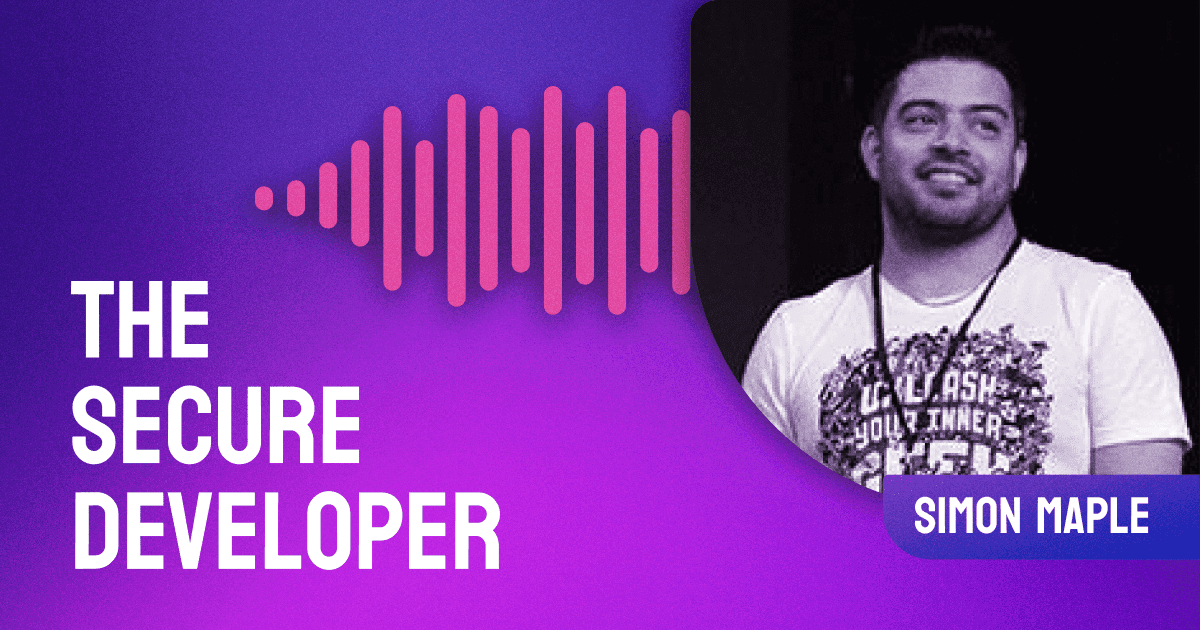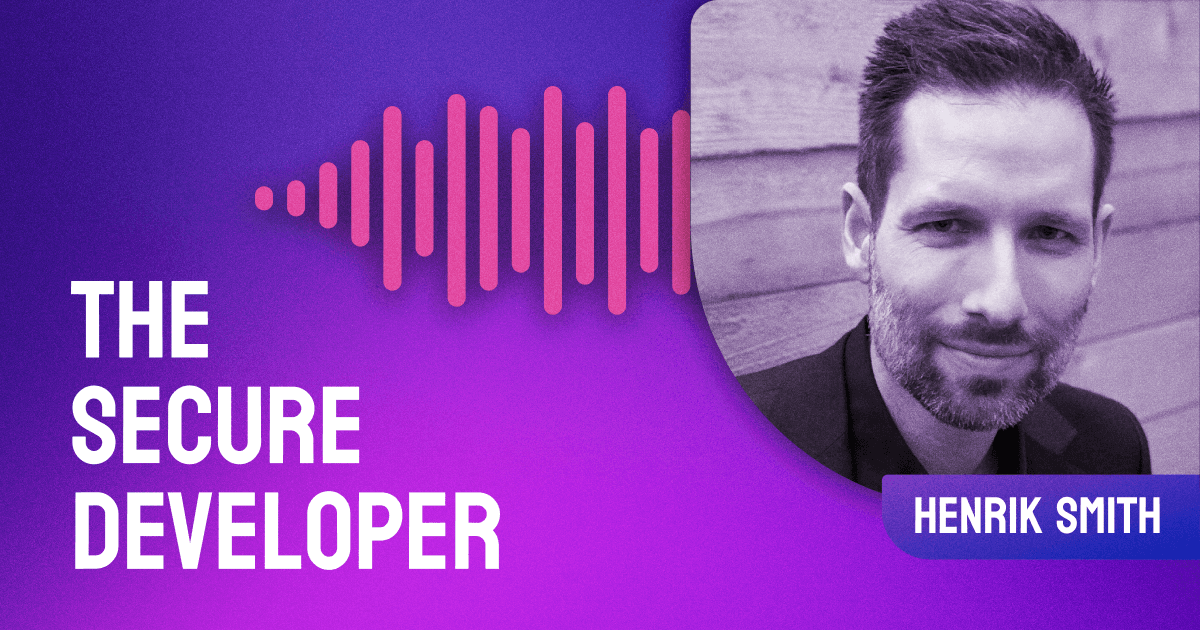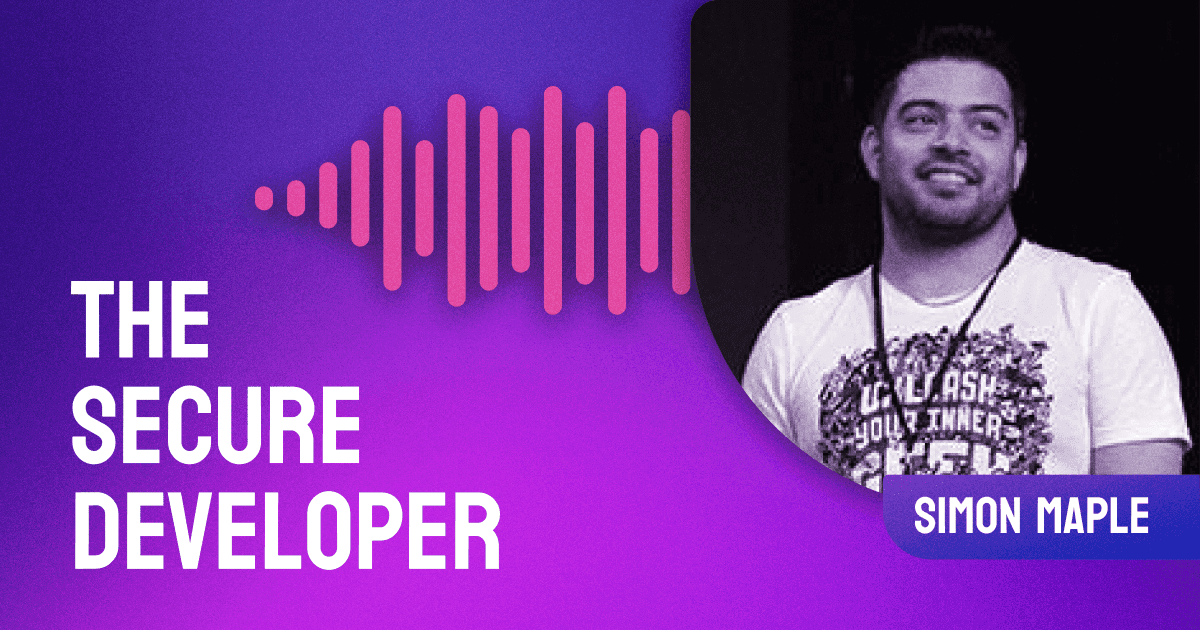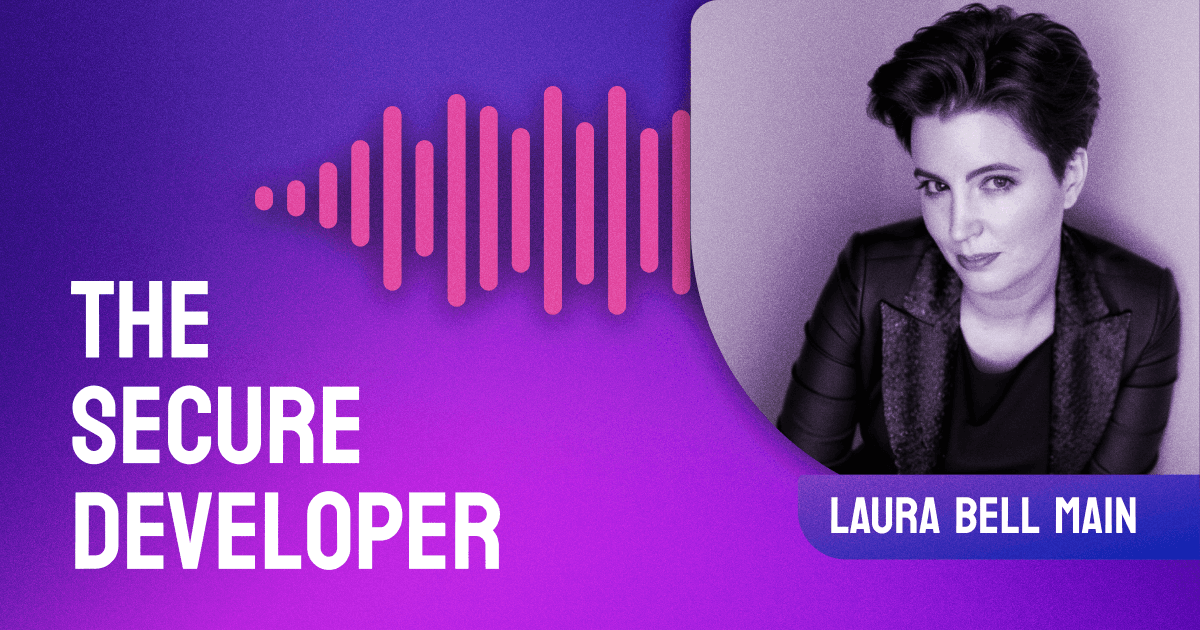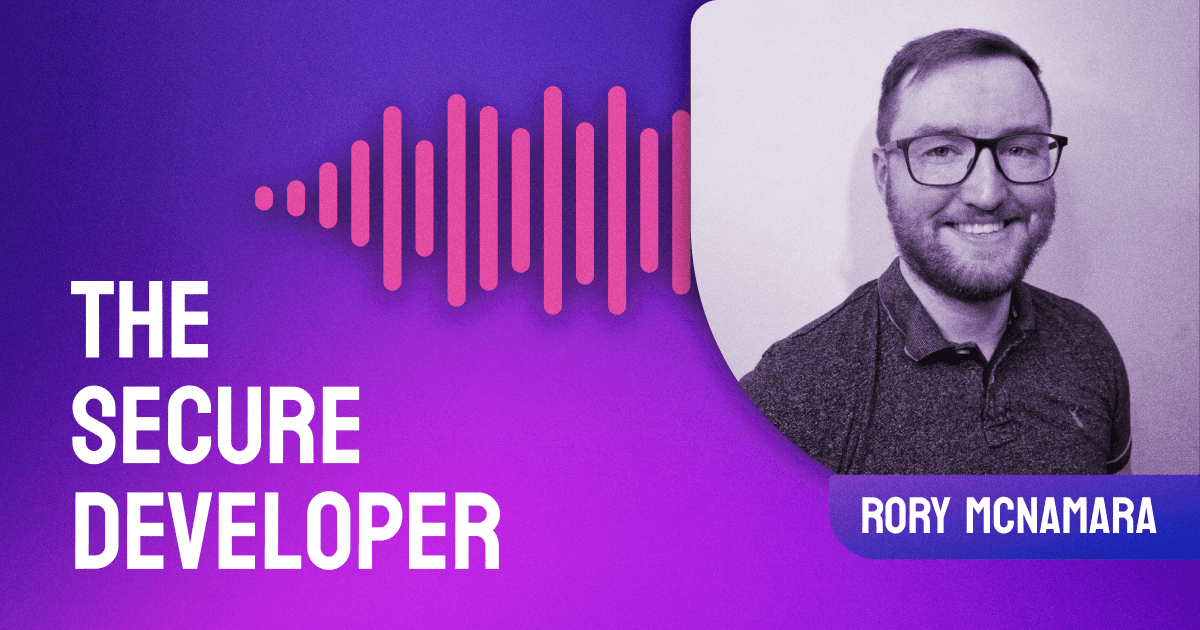Episode Summary
In this episode, Tomasz Tunguz of Theory Ventures discusses the intersection of AI, technology, and security. We explore how AI is revolutionizing software development, data management challenges, and security's vital role in this dynamic landscape.
Show Notes
In this episode of The Secure Developer, Guy Podjarny engages in a deep and insightful conversation with Tomasz Tunguz, founding partner of Theory Ventures. They delve into the fascinating world of AI security and its burgeoning impact on the software development landscape. Tomasz brings a unique investor's lens to the discussion, shedding light on how early-stage software companies are leveraging AI to revolutionize market strategies.
The conversation navigates through the complexities of AI in the realm of security. Tomasz highlights key trends such as data loss prevention, categorization of AI-related companies, and the significant security challenges in this dynamic space. The episode also touches on the critical role of data governance and compliance in the age of AI, exploring how these elements are becoming increasingly intertwined with security concerns.
A significant part of the discussion is dedicated to the future of AI-powered software development. Guy and Tomasz ponder the evolution of coding, predicting a shift towards higher levels of abstraction and the potential challenges this may pose for security. They speculate on the profound changes AI could bring, transforming how software is developed and the implications for developers and security professionals.
This episode provides a comprehensive look into the intersection of AI, technology, and security. It's a must-listen for anyone interested in understanding AI's current and future landscape in the tech world, especially from a security standpoint. The insights and predictions offered by Tomasz Tunguz make it an engaging and informative session, perfect for professionals and enthusiasts alike who are keen to stay ahead.
Links
- Theory Ventures
- OpenAI
- GitHub
- Amazon Web Services (AWS)
- Google Cloud
- Microsoft Azure
- Monte Carlo
- Gable
- Snyk - The Developer Security Company
Follow Us

